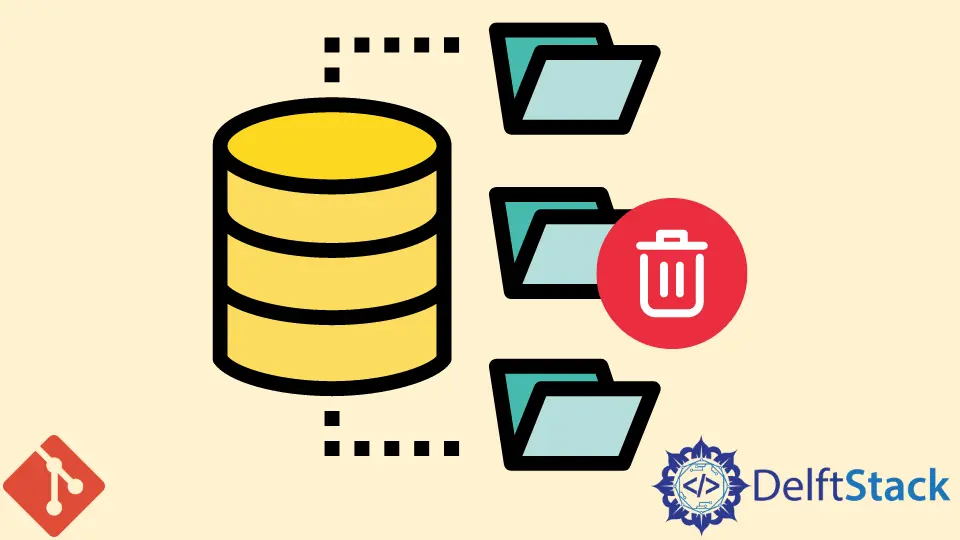How to Delete Git Local Repository

Git is used by many software developers to share code with other teams, as well as by teams to manage source code. Most open-source software development is done with Git. Git is free and distributed software under the terms of the GNU General Public License version.
Sometimes we want to delete a local repository in Git. Do not panic, we will see how to delete a local repository in Git. Since the local repository is just a directory, you can delete it by simply deleting the directory using Git commands.
If you have found that the project is more complicated, the more complicated the branches are in the repo, and we must say git’s approach is not that complicated to delete the branch. We have never really had to go beyond the simple examples, but we know that if we ever needed to, we could easily find resources on how to do that in Git.
Delete a Git Local Repository
When we delete a Git repository locally, we delete the local copy of the Git repository. The contents of the repository are not deleted, they are just removed from our local copy of the repository. The contents of the repository are still available on the server.
When we delete a Git repository locally, Team Explorer removes the local copy of the repository and any branches that were created from the repository. Team Explorer also deletes any changes that were made to the contents of the repository.
Before we delete a Git repository locally, Team Explorer shows that the repository has two branches, master and dev. After we delete the Git repository locally, Team Explorer shows that the repository has no branches.
Command-line Git repository deletes If we’re known with the terminal window or the DOS prompt, we can easily execute a command-line Git repository delete. We have to just run the rm command with the -f and -r switch to recursively delete the Git repository and all of the files and folders it contains. The following command will delete an entire command-line Git repository:
rm -f -r ~/Projects/MyProject.git
When we will run this command, we will first get a warning. We can ignore it because we want to delete it forcefully. Furthermore, we will type y and hit enter to confirm the delete and we are done as the branch has been deleted successfully.
Delete the Git directory in the root directory of our repository if we only want to delete the Git-related information that are branches, versions. Delete the Git directory and the Git/info directory if you want to completely remove the repository from the disk.
Git directories are hidden by default, so we will need to be able to view hidden files to delete them. Deleting the Git directory without the Git/info directory can cause us problems if we want to recreate the repository again. Git will not be able to do so, because in that case the commit history will be lost.
Remove the Stash Feature
The stash feature is very useful if we want to temporarily leave a part of our repository aside, but we don’t want to remove it permanently. This can be useful when we’re working on a big feature, and we are not quite ready to merge it completely. We can set up a temporary branch and start working on our feature there, and when we are finished with that work, we can merge it back into the current branch again.
Abdul is a software engineer with an architect background and a passion for full-stack web development with eight years of professional experience in analysis, design, development, implementation, performance tuning, and implementation of business applications.
LinkedInRelated Article - Git Delete
- How to Delete Master Branch in Git
- How to Delete Commit From the Remote Repository in Git
- How to Delete Branches in Git
